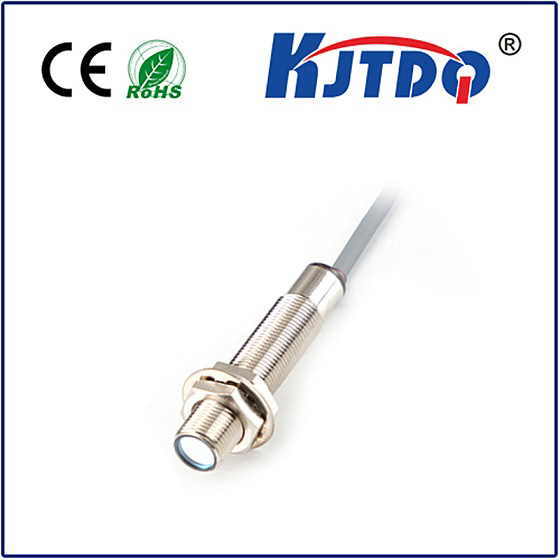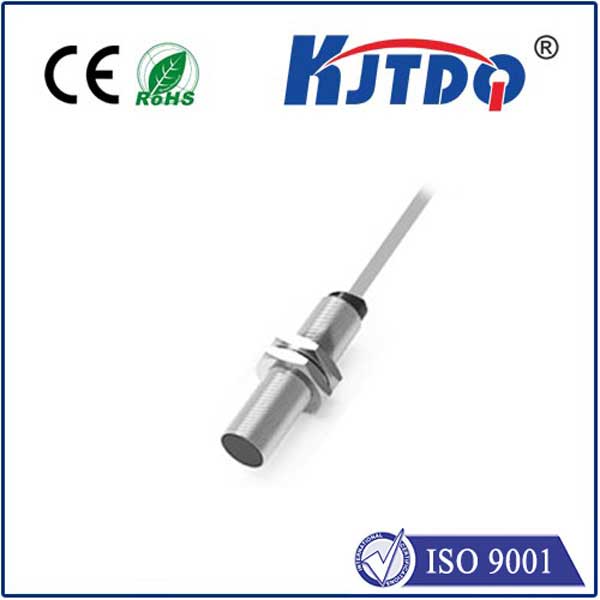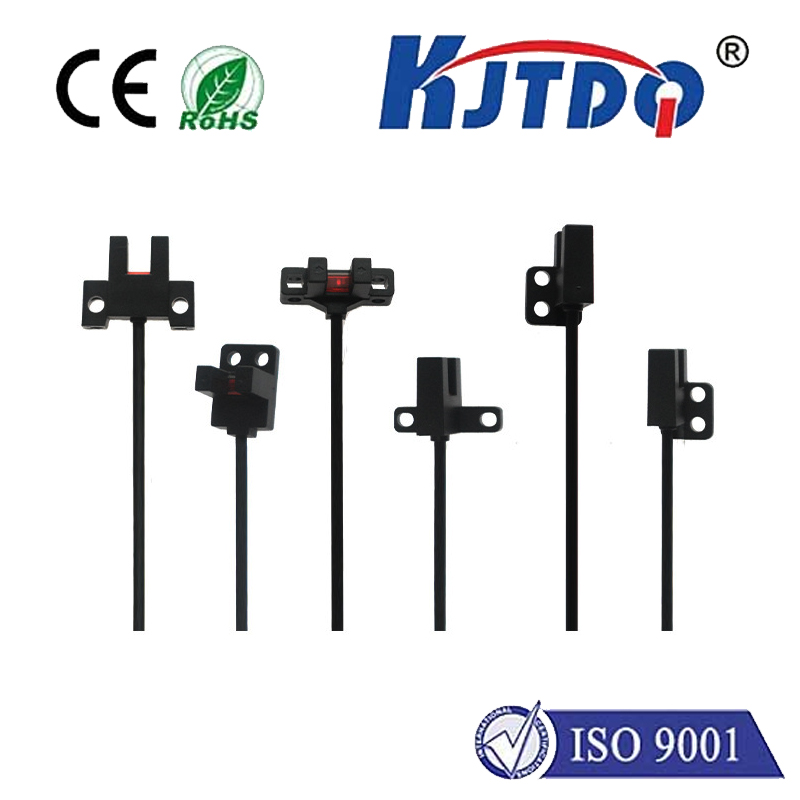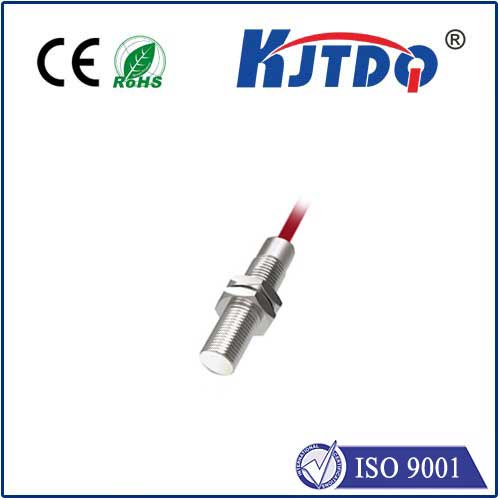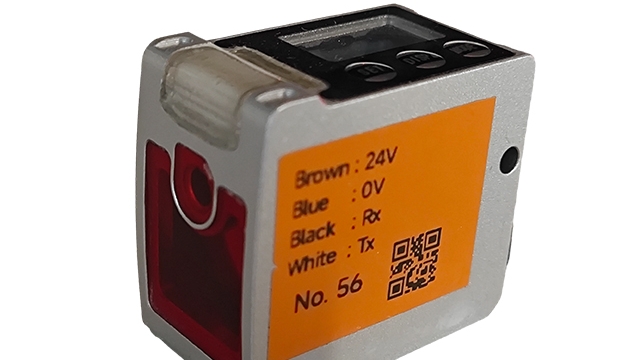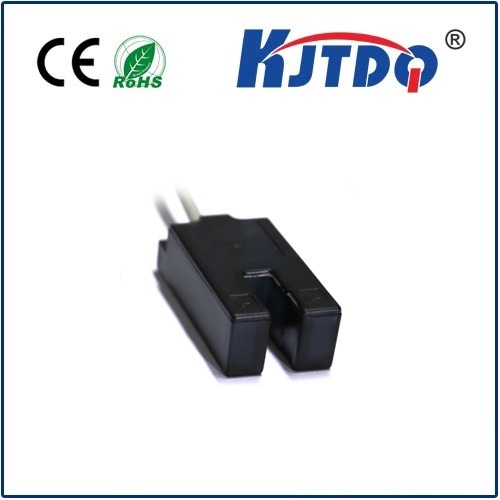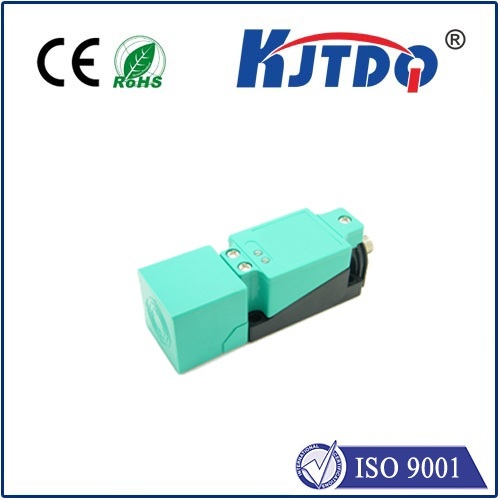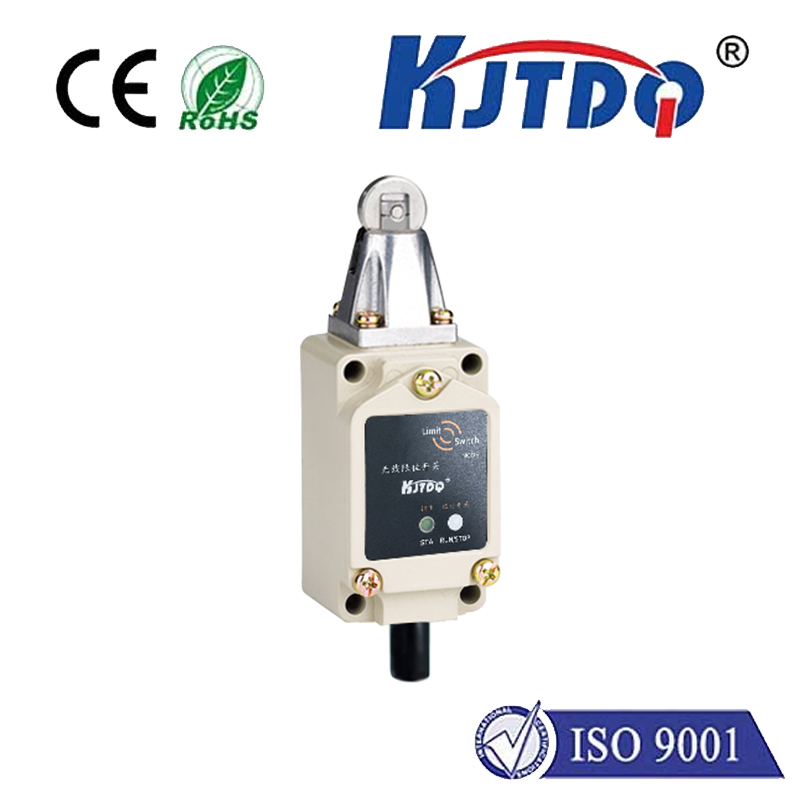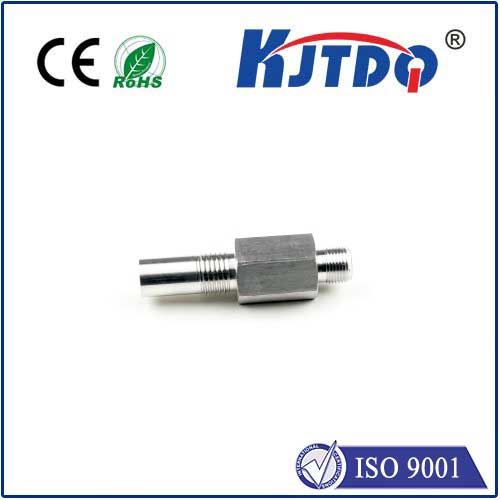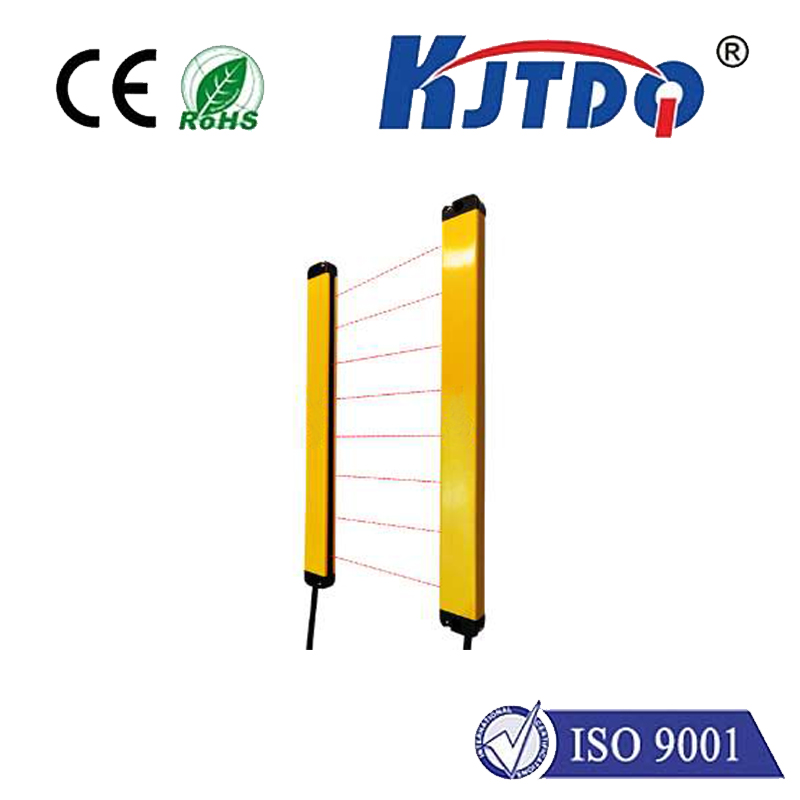
check

check

check

check
Understanding the NPN Proximity Sensor: A Comprehensive Guide In the intricate world of electronics, proximity sensors play a critical role in ensuring that machines operate safely and efficiently. Among these devices, the NPN Proximity Sensor stands out as a popular choice for many applications. This article delves into what an NPN proximity sensor is, how it works, and the various applications where it proves indispensable.
An NPN proximity sensor, which stands for negative-positive-negative, is a type of proximity sensor that utilizes a transistor to detect the presence or absence of an object without physical contact. It operates on the principle of electromagnetic induction, capacitive coupling, or optical reflection, depending on the design. In this configuration, the output signal is high when the object is present and low when the object is absent.
The working mechanism of an NPN proximity sensor can be understood through its electrical behavior. When an object comes within the sensor’s detection range, it disrupts the electromagnetic field (for inductive sensors), alters the capacitive field (for capacitive sensors), or reflects light (for optical sensors). This disruption triggers the sensor’s internal circuitry, causing the transistor to switch its state from open to closed. Consequently, the output pin transitions from a low to a high state, signaling the presence of the object.
Industrial Automation: In manufacturing plants, NPN proximity sensors are used extensively for position sensing, product counting, and end-of-arm tooling. They help automate processes, enhance production efficiency, and ensure worker safety by enabling hands-free operation.

Home Appliances: Modern home appliances like washing machines, microwave ovens, and robotic vacuum cleaners often incorporate NPN proximity sensors for detecting doors, lids, or obstacles, enhancing user convenience and operational safety.
Security Systems: These sensors are vital components in motion detectors and alarm systems, providing reliable detection of intrusions or movement within a secured area. They ensure that any unauthorized access is promptly detected and reported.
Automotive Industry: NPN proximity sensors find use in vehicles for applications such as parking assistance, gear position sensing, and detecting seat occupancy. They contribute to safer driving experiences and enhanced vehicle functionality.
Non-contact Operation: Reduces wear and tear on both the sensor and the objects being sensed.
High Accuracy: Ensures precise detection, making them suitable for applications requiring tight tolerances.
Durability: Designed to withstand harsh environments, including high temperatures, moisture, and vibrations.
Cost-effectiveness: Often more affordable compared to other types of sensors while delivering reliable performance.
The NPN proximity sensor, with its robust construction and versatile functionality, remains a cornerstone of modern technology. Its ability to provide accurate, non-contact detection across a range of applications underscores its importance in today’s automation and smart technology landscape. As technology continues to evolve, advancements in NPN proximity sensor designs will undoubtedly lead to even greater efficiencies and innovations across industries.
